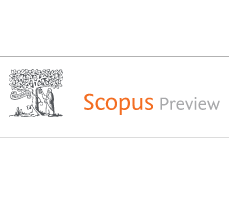Additive manufacturing has emerged as an innovative technology for the large-scale development of low-cost and disposable electrochemical devices. Hence, in this paper, we highlight the use of a 3D-printed electrode using carbon black integrated polylactic acid (CB/PLA) conductive filament for electrochemical detection of naproxen (NPX), a highly consumed non-steroidal anti-inflammatory drug used in the treatment of rheumatoid arthritis, osteoarthritis, nonrheumatic inflammation, and migraine. Two designs of electrodes were fabricated using an extrusion-based 3D printer and a 3D pen (cylindrical and planar shapes) and both required only simple electrochemical surface treatment to improve their electrochemical activity towards the oxidation of NPX. The planar-shape sensor was incorporated into a 3D-printed Batch-injection analysis (BIA) cell to carry out amperometric detection (+1.3 V vs. Ag|AgCl|KCl(sat)) which provided sensing features comparable to more sophisticated sensors reported in the literature for NPX detection. Characteristics such as linear range (2 to 50 µmol L-1), limit of detection (0.9 µmol L-1), precision (RSD less than 6.7%, n = 20), high analytical frequency (105 injections h−1), and selectivity in relation to other electroactive species were achieved. Moreover, the method was applied in pharmaceutical, urine, and water samples and recovery values in the range of 88 to 105%, attesting to the accuracy and absence of matrix interference. For urine analysis, the selective detection of NPX was attained by using sequential amperometric detection to overcome the interference of electroactive species in the sample matrix. Thus, due to the great performance, the 3D-printed CB/PLA electrode proves to be an affordable and reliable platform for clinical, pharmaceutical and environmental purposes.

